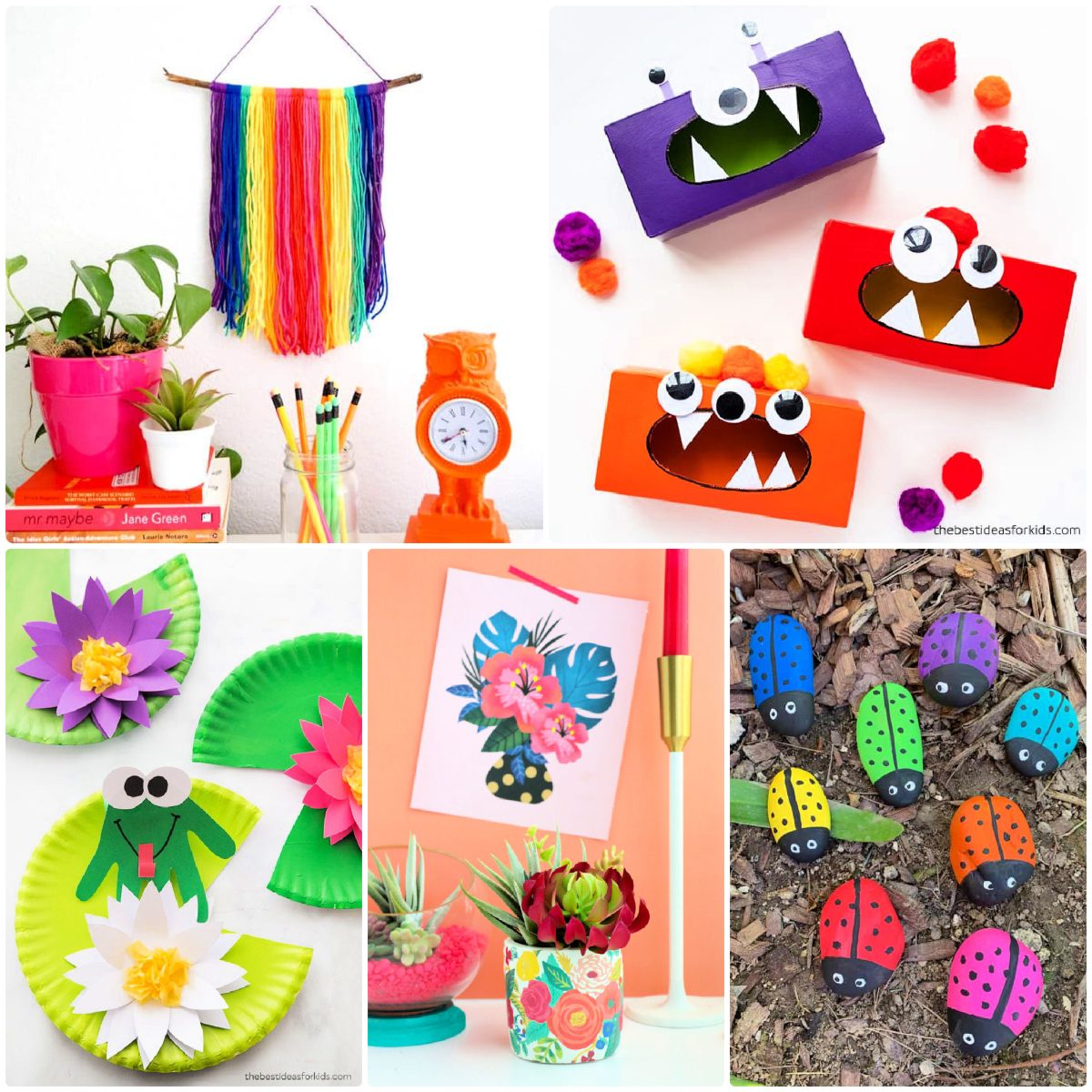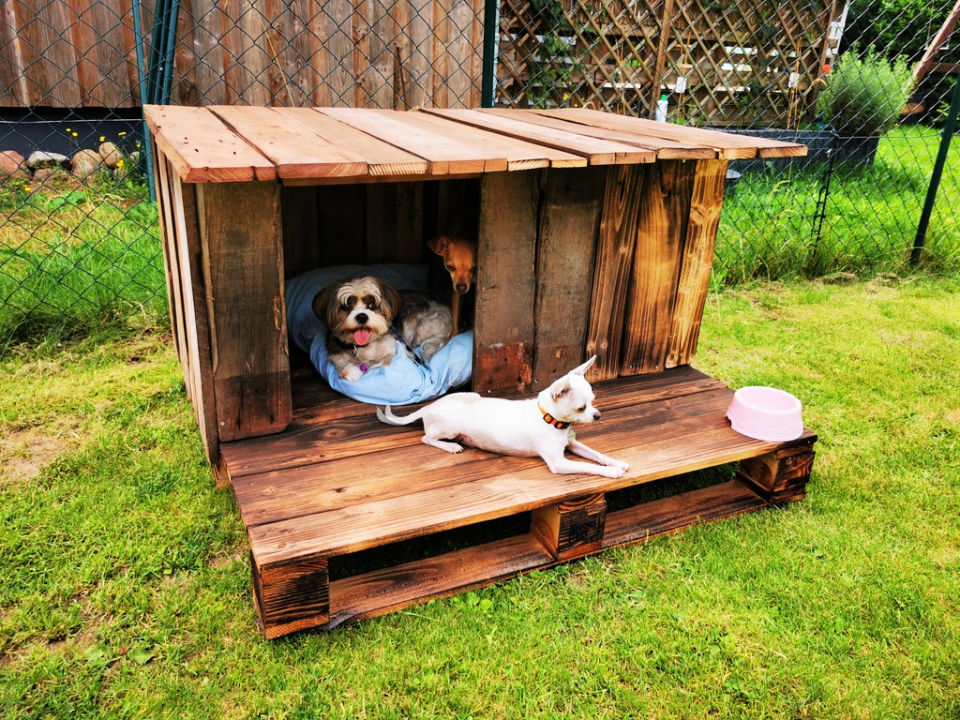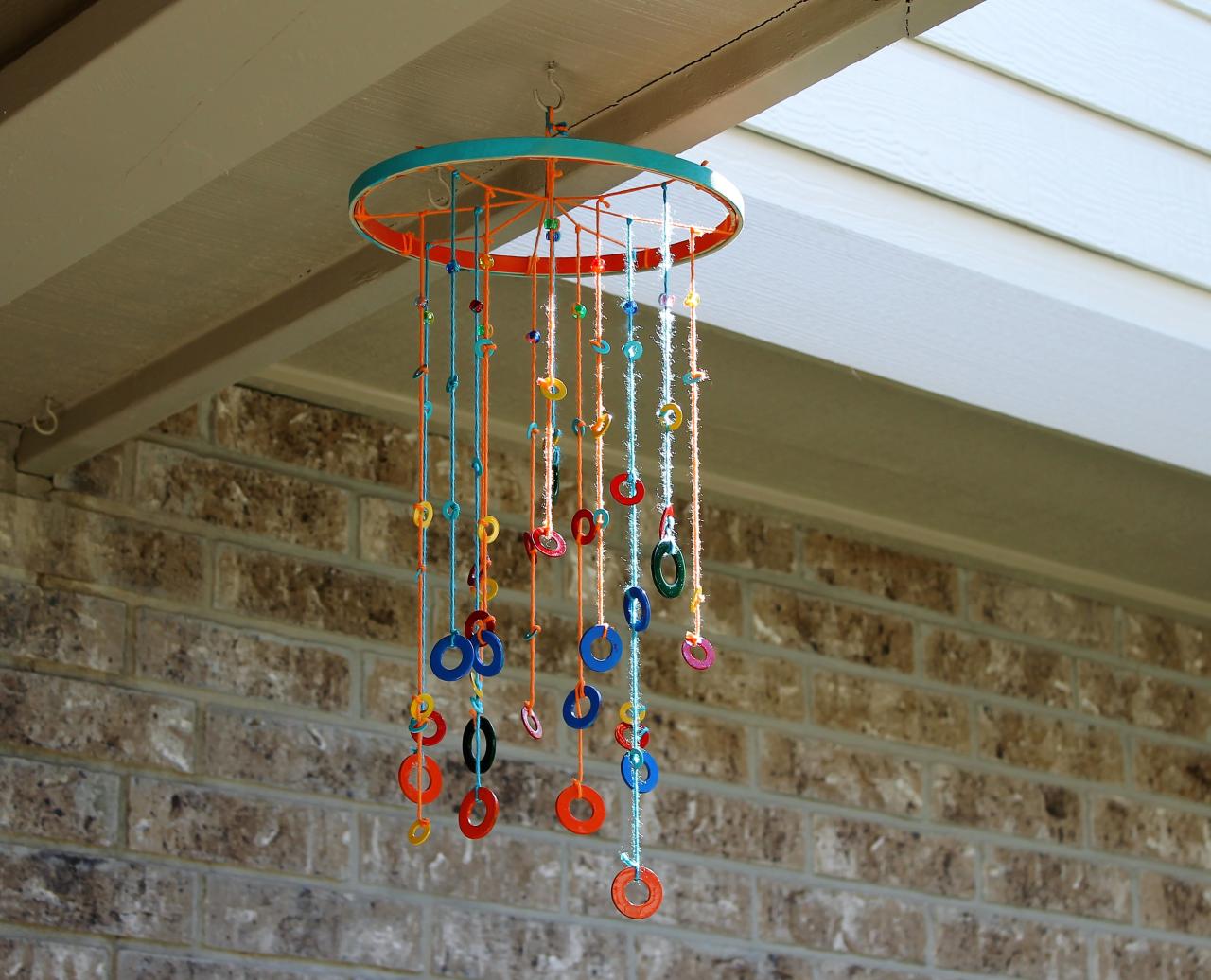DIY lava lamps are a fun and engaging project that allows you to create a mesmerizing and visually appealing decoration for your home. These lamps, with their swirling, colorful “lava,” are a captivating sight that can bring a touch of whimsy and intrigue to any room.
The concept behind a lava lamp is surprisingly simple, relying on the principles of density and convection. Warm, less dense liquid rises while cooler, denser liquid sinks, creating a continuous cycle of movement. The DIY process involves combining household materials to create a similar effect, offering a hands-on experience that combines science and creativity.
Introduction to DIY Lava Lamps
Lava lamps, with their mesmerizing, slow-moving blobs of colored wax, have captivated people for decades. These captivating light fixtures are more than just a decorative element; they are a fascinating example of basic physics in action.
The Science Behind Lava Lamps
The magic of a lava lamp lies in the interplay of density, temperature, and buoyancy. Here’s a breakdown:
- The wax inside a lava lamp is typically a mixture of paraffin wax and a colored dye. Wax is less dense than water, which means it floats on top of the water.
- The lamp’s base contains a heating element that warms the wax. As the wax heats up, it expands and becomes even less dense. This makes it rise towards the top of the lamp.
- As the heated wax reaches the top, it cools and contracts, becoming denser. This causes it to sink back down to the bottom, creating a continuous cycle of rising and falling.
The difference in density between the hot and cold wax is the driving force behind the mesmerizing movement we see in a lava lamp.
History of Lava Lamps
The concept of a lava lamp was first conceived in the 1960s by British inventor, Edward Craven Walker. He was initially inspired by a hot water heater and experimented with different materials to create a visually appealing and captivating effect.
- Walker’s initial designs used a mixture of paraffin wax, kerosene, and a small amount of water, but they were prone to explosions.
- He later perfected the design using a safer mixture of wax and a non-flammable liquid. The first commercially successful lava lamp was introduced in 1965, under the brand name “Astrolite.”
- Lava lamps quickly gained popularity as a symbol of the 1960s counterculture and became a popular home decor item.
Why Create a DIY Lava Lamp?
Creating a DIY lava lamp is a fun and engaging project that allows you to explore basic scientific principles in a hands-on way. It’s a great activity for individuals of all ages, especially those who are interested in science, art, or just want to create something unique and visually appealing.
Materials Needed
Creating a DIY lava lamp requires a few common household materials, most of which you probably already have. However, you might need to make some substitutions if you don’t have access to certain items.
Safety Precautions
It is crucial to take safety precautions when working with the materials used for a DIY lava lamp. These materials, while common, can pose risks if not handled properly.
- Always wear safety goggles to protect your eyes from potential splashes or spills.
- Work in a well-ventilated area to avoid inhaling fumes from the materials.
- Keep the lava lamp away from heat sources to prevent overheating and potential fire hazards.
- Do not leave the lava lamp unattended while it is in operation.
- Always supervise children when they are near the lava lamp.
Step-by-Step s

Now that you have gathered all the necessary materials, let’s dive into the fun part: assembling your very own lava lamp! This process is relatively straightforward and will allow you to witness the mesmerizing movement of the “lava” within your creation. Follow these steps carefully, and you’ll be enjoying your DIY lava lamp in no time.
Preparing the Bottle
Before you start assembling the lava lamp, it’s crucial to prepare the bottle. This step involves cleaning the bottle thoroughly and creating a secure seal to prevent any leaks.
- Clean the bottle: Wash the bottle with soap and water, ensuring you remove any residue or dirt that may interfere with the lava lamp’s performance.
- Dry the bottle completely: Thoroughly dry the bottle inside and out to avoid any water droplets that might affect the mixture.
- Secure the lid: Ensure the lid fits tightly and is securely fastened to prevent any leakage during the heating process. You can use a rubber washer or sealant to enhance the seal.
Adding the “Lava”
The “lava” in your DIY lava lamp is created by mixing water, vegetable oil, and food coloring. The oil will float on top of the water, and the food coloring will add vibrant color to the “lava” as it rises and falls.
- Fill the bottle with water: Fill the bottle about 1/3 full with water.
- Add the vegetable oil: Carefully pour vegetable oil into the bottle, leaving about 1/3 of the bottle empty. The oil will float on top of the water, creating two distinct layers.
- Add food coloring: Add a few drops of food coloring to the water layer. The food coloring will mix with the water, creating colorful blobs that will rise and fall in the oil.
Adding the “Magic”
The final step involves adding the element that will make your lava lamp come to life: the heat source. This is typically a light bulb, which will create the heat needed to make the “lava” rise and fall.
- Secure the light bulb: Place the light bulb inside the bottle. Make sure it is securely placed and will not fall over. You can use a small piece of cardboard or a cork to hold it in place.
- Add a drop of dish soap: Add a drop of dish soap to the mixture. This will help to reduce the surface tension of the oil, allowing the “lava” to move more freely.
Troubleshooting
While creating a DIY lava lamp is generally straightforward, you might encounter some issues. Here are some common problems and their solutions:
If the “lava” is not rising and falling, it may be because the light bulb is not hot enough. Try using a higher wattage bulb or placing the bottle closer to a heat source.
If the “lava” is moving too quickly, it may be because the water layer is too thin. Try adding more water to the bottle.
If the “lava” is not moving at all, it may be because the oil is not floating on top of the water. Make sure the oil is added after the water and that there is a clear separation between the two layers.
Design Variations
The beauty of DIY lava lamps lies in their adaptability. You can experiment with different shapes, colors, and materials to create unique and personalized designs. Let’s explore some exciting variations that can elevate your lava lamp creations.
Shape Variations
The classic lava lamp shape is a cylindrical bottle, but you can explore alternative forms.
- Sphere: A spherical lava lamp creates a mesmerizing effect as the “lava” bubbles up and down within the rounded container. This design adds a touch of whimsy and visual interest.
- Square or Rectangular: These shapes offer a modern and geometric aesthetic. The lava movement within a square or rectangular container will create unique patterns and visual dynamics.
- Custom Shapes: If you’re feeling adventurous, you can mold your own unique shapes using silicone molds or even repurposed containers. The possibilities are endless!
Color Variations
The color combinations you choose significantly impact the lava lamp’s visual appeal.
- Classic Colors: Traditional lava lamps feature a combination of a dark base liquid and brightly colored “lava.” Popular choices include red, orange, yellow, and green.
- Metallic Colors: For a more modern and sophisticated look, try incorporating metallic colors like gold, silver, or copper into your lava lamp design. The metallic flakes will shimmer and reflect light, creating a captivating effect.
- Neon Colors: Neon colors, like pink, blue, and purple, create a vibrant and energetic atmosphere. These colors are particularly effective in creating a dramatic and eye-catching lava lamp.
Material Variations
The materials you use can influence the appearance and behavior of your lava lamp.
- Glass Bottles: Glass is the most common material for lava lamps, offering transparency and clarity. This allows you to fully appreciate the movement of the “lava” within the container.
- Clear Plastic Bottles: Plastic bottles are a more affordable alternative to glass. However, they may not be as durable or provide the same level of clarity.
- Colored Glass: Colored glass bottles add a unique dimension to your lava lamp. The color of the glass will influence the overall appearance of the lamp and can create interesting color interactions with the “lava.”
Creative Applications
The beauty of DIY lava lamps lies not just in their mesmerizing visuals but also in their potential for creative expression. These captivating lights can be incorporated into various projects, transforming them from simple decorations into unique art installations, functional light fixtures, or even educational tools.
Incorporating DIY Lava Lamps into Other Projects
DIY lava lamps can be integrated into other projects, adding a dynamic and visually captivating element. For example, they can be incorporated into custom-made lamps, creating a unique and personalized lighting experience.
- Custom-made Lamps: A DIY lava lamp can be placed inside a larger lampshade or container, transforming it into a captivating centerpiece. The warm glow of the lava lamp can create a cozy and inviting ambiance. Imagine a table lamp with a glass globe containing a vibrant lava lamp, casting mesmerizing patterns onto the surrounding space. The lava lamp can also be integrated into a ceiling fixture, creating a dynamic and ever-changing light display.
- Art Installations: DIY lava lamps can be incorporated into art installations, adding a mesmerizing and interactive element. For example, a series of lava lamps can be arranged in a specific pattern or shape, creating a visually stunning and dynamic artwork. The movement of the wax within the lamps can be synchronized with music or sound effects, creating a truly immersive experience.
Educational Applications of DIY Lava Lamps
DIY lava lamps offer a fun and engaging way to explore scientific concepts, particularly those related to density, convection, and heat transfer.
- Density and Convection: The lava lamp demonstrates the concept of density, where the wax, being less dense than the water, rises due to buoyancy. The movement of the wax illustrates convection, where heat causes the wax to rise, and as it cools, it becomes denser and sinks. This process creates a continuous cycle of rising and sinking, creating the mesmerizing effect of a lava lamp.
- Heat Transfer: The lava lamp also demonstrates heat transfer, where the heat from the light bulb causes the wax to expand and rise. As the wax moves away from the heat source, it cools and contracts, causing it to sink back down. This process of heat transfer creates a dynamic and visually captivating display.
The Future of DIY Lava Lamps
The DIY lava lamp scene is constantly evolving, with new materials, techniques, and design ideas emerging all the time. The future of DIY lava lamps is bright, filled with possibilities for innovation and creativity.
Advancements in DIY Lava Lamp Technology
The potential for advancements in DIY lava lamp technology is vast. One promising area is the development of new, more efficient heating elements. Current DIY lava lamps often rely on traditional incandescent bulbs, which can be inefficient and generate a lot of heat. Exploring alternative heating methods, such as LED lights or specialized heating elements, could lead to more energy-efficient and safer lava lamps.
Another area for advancement is in the development of new, more durable and visually appealing wax-like materials. Traditional wax can sometimes be prone to cracking or melting unevenly, leading to less satisfying lava lamp effects. Researching and experimenting with new wax-like materials, such as silicone-based compounds or even biodegradable wax alternatives, could lead to more robust and visually stunning lava lamps.
Future DIY Lava Lamp Projects
Building upon existing DIY lava lamp concepts, future projects could explore more complex and interactive designs. For example, a DIY lava lamp could be designed to respond to external stimuli, such as music or temperature changes. Imagine a lava lamp that pulsates in sync with your favorite song or changes color based on the room temperature.
Another interesting project could involve creating a DIY lava lamp with multiple chambers, each containing different colored wax-like materials. This would allow for the creation of more dynamic and visually captivating lava lamp effects.
Innovative Lava Lamp Designs with New Materials and Techniques
The use of new materials and techniques could lead to innovative lava lamp designs. For example, 3D printing could be used to create custom-shaped lava lamp containers, allowing for more intricate and personalized designs. The use of transparent, conductive materials could allow for the creation of lava lamps that light up from within, creating a more immersive and magical experience.
“The possibilities are endless when it comes to DIY lava lamps. The future holds exciting advancements and creative possibilities for those willing to experiment and explore.”
Inspiration and Resources
The beauty of DIY lava lamps lies in their endless possibilities for creativity. From simple and classic designs to intricate and elaborate creations, there’s a lava lamp out there for everyone. Let’s explore some inspiring examples and resources to ignite your own DIY lava lamp journey.
Examples of DIY Lava Lamps
Here are some examples of DIY lava lamps created by others, showcasing the diverse range of styles and materials:
- Classic Glass Bottle Lava Lamps: These are the most common type of DIY lava lamp, using a glass bottle, vegetable oil, water, and food coloring. The results are often simple yet mesmerizing, with blobs of colored liquid slowly rising and falling. The glass bottle can be adorned with decorative elements like glitter or paint, adding a personal touch.
- Upcycled Lava Lamps: Many resourceful individuals have transformed old containers, such as mason jars, teacups, or even discarded light bulbs, into unique lava lamps. This not only saves materials but also adds a vintage or eclectic feel to the creation. These upcycled lava lamps often showcase unexpected textures and shapes, making them truly one-of-a-kind.
- Themed Lava Lamps: Some DIY lava lamp enthusiasts create themed lava lamps, inspired by specific holidays, events, or interests. For example, a Halloween-themed lava lamp might use orange and black food coloring and incorporate spooky decorations. A Christmas-themed lava lamp could feature red and green colors and glitter, adding a festive touch.
Concluding Remarks: Diy Lava Lamp
Creating a DIY lava lamp is a rewarding project that allows you to explore the principles of science while indulging your creative side. With a few simple materials and a little patience, you can bring the captivating allure of a lava lamp to your own home. Whether you choose to stick with the classic design or explore variations with different colors, shapes, and materials, the possibilities are endless. So gather your supplies, embrace the process, and enjoy the mesmerizing dance of your homemade lava lamp!
Creating a DIY lava lamp is a fun and engaging project that combines science and creativity. The process involves layering liquids and adding a heat source, much like nurturing a plant in a DIY garden. Both activities require careful observation and patience, as the results unfold over time.
Just like watching a lava lamp bubble and dance, tending to a garden brings a sense of wonder and satisfaction as you witness the growth and transformation of your creations.




